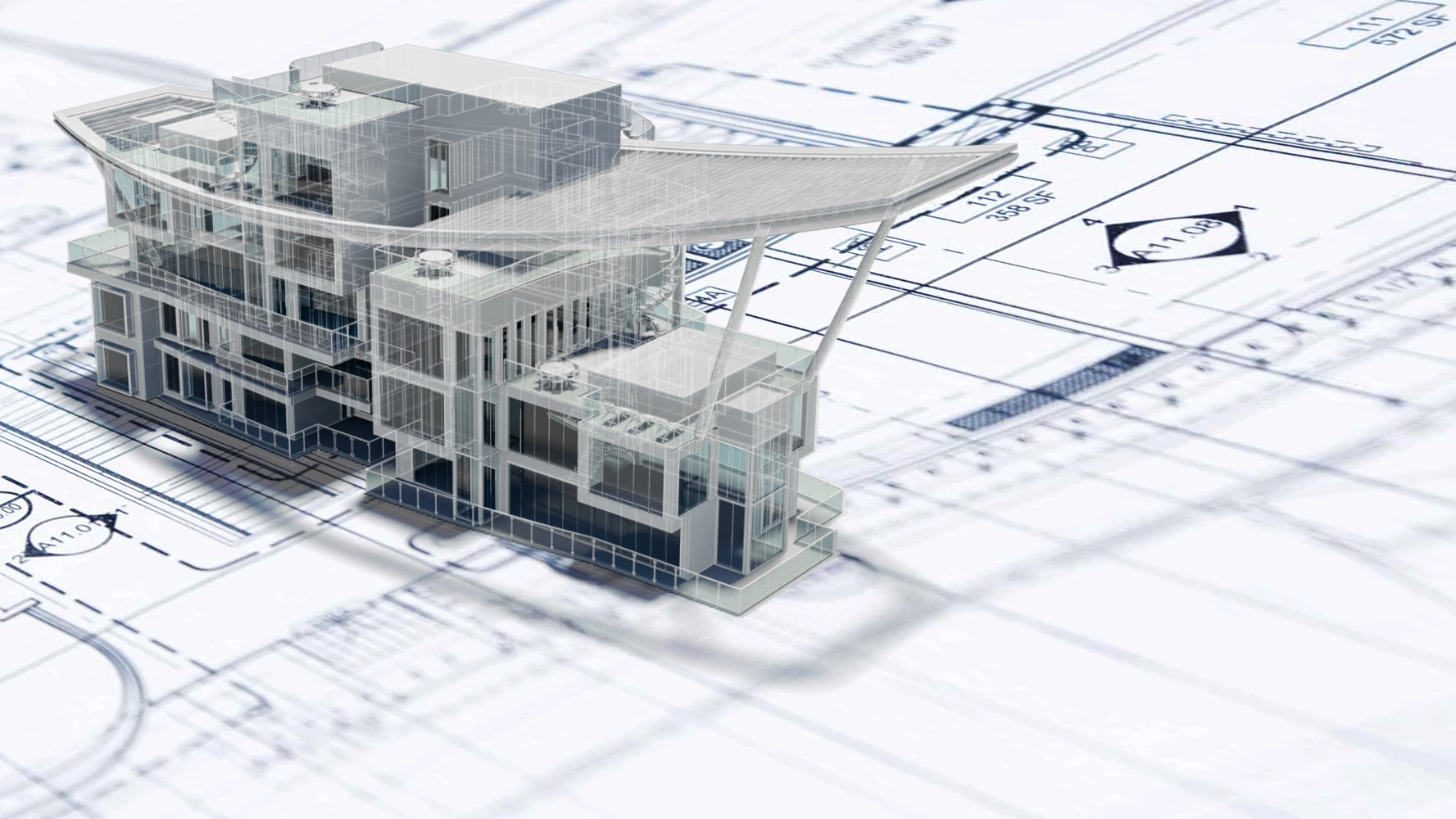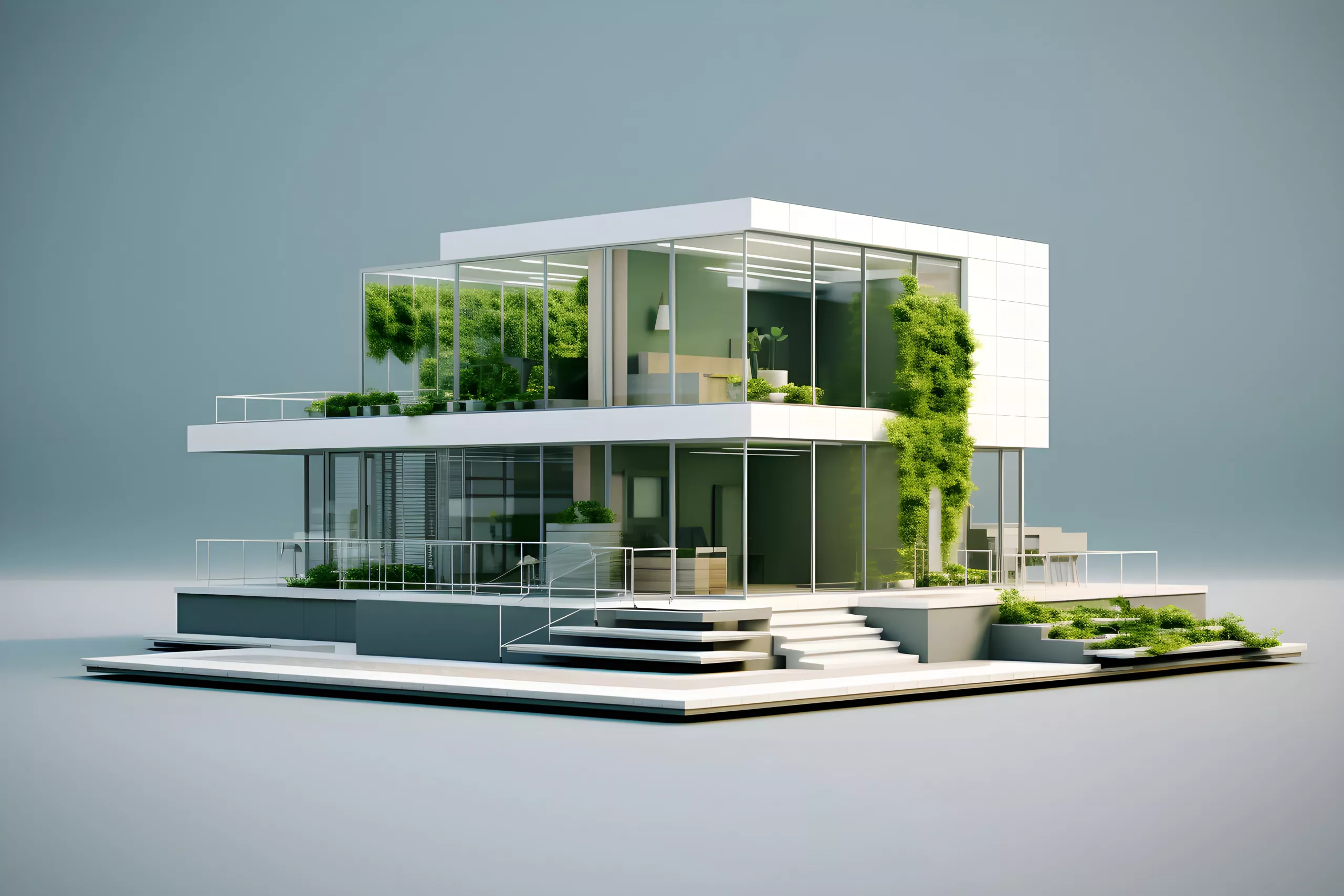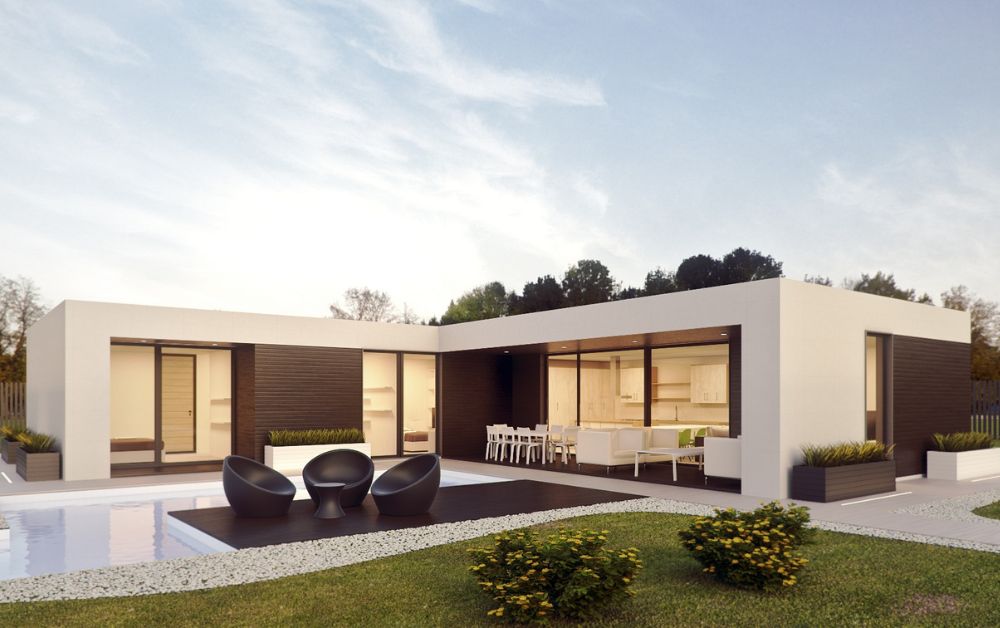Architectural Evolution: A 3D Modeling Retrospective
Posted by admin
It can be narrated that 3D modeling for architecture is an expedition through time packed with numerous achievements and advancements. In our daily lives, 3D modeling has played a vital role in the stages of perception to the development of software. When we go back in 3D modeling history, it helps us gain intuition about 3D evolution and its impact on our world. The possibilities for the future are far more enchanting than the current situation in 3D modeling architecture. It is an essential and crucial part of various professions, even if we do not appreciate its importance.
3D modeling in architecture has remarkably changed its course a long way. Eifel Tower and Taj Mahal, the symbolic representation of the masterpiece were built without the help of today’s 3D modeling advancements. It is quite inspiring that our forefathers were able to achieve such an elegant example of structures without using advanced tools of 3D modeling.
When the technology is advancing in forward, so is the modeling of 3D architecture. With the help of these improvements in 3D modeling, architects can achieve their targets and design in a better way. It is an exciting time as the evolution and aspirations of technology and architecture go side by side. And who knows what incredible buildings we’ll see in the future, thanks to advancements in 3D modeling and architecture?
Experience the architectural evolution firsthand with our in-depth retrospective on 3D modeling! Dive into our article now to discover the transformative power of 3D modeling in architectural design!
Table of Contents
The Dawn of 3D Modeling
When we assume that 3D architecture modeling is a modern invention, we might be wrong here. Approximately. Its origin is found to be 60 years old. A computer scientist developed an innovative software called Sketchpad. This software changed the course of the designing process with the help of numerous tools. Copying and editing tasks were done with ease and architects used light pens for their drawings and designs. With the help of Skecthpad, CAD(Computer Aided Design) technology was introduced. These developments helped in laying the foundation of today’s modern 3D modeling.
The Beginning of 3D Modeling
Sketchpad was invented in 1963 by Ivan Sutherland. CAD(Computer Aided Design) technology was introduced after Sketchpad. This tool helped artists and designers in many ways which showed us that computers can help people become more creative. The collaboration of General Motors and IBM resulted in DAC-1software, which was invented in 1964. DAC-1 helped General Motors in the development of faster cars. This proved that drawing by hand is a waste of time.
The first company that started working on 3D modeling and graphics was Evans & Sutherland which answers the ambiguity of when was 3D modeling invented. New hardware was introduced to support new systems but they also pushed to developing software also.
The Decade of Innovation
In the early 1970s, remarkable advancements in 3D modeling were seen. ADAM (Automated Drafting and Machining) was invented by Patrick J. Hanratty in 1971. ADAM enabled them to build 3D models on a computer. Substantial efforts were made the improve 3D modeling in architecture. This helped in the designing and formation of complex ideas used in 3D architecture modeling. Various industries including aerospace, automotive and architecture adopted 3D modeling techniques rapidly. As the technology became realistic and user-friendly, designers and engineers were able to make their designs more profound. It can be said that the 1970s was the decisive period for 3D modeling.
1980s Revolution in 3D Modeling Software
The era of the 1980s was progressively important in the advancements of 3D modeling, specifically in the extension of software. Due to these expansions, elegant techniques were used in the history of 3D modeling.
AutoCAD was introduced in 1982 which was a revolutionary step in the development of 3D architecture models. This also helped in replacing pen and paper with digital designs and prints. Moreover, the 1980s was the era in which 3D modeling architecture rose to pinnacles.
Development in 2000-2010
From 2000 to 2010, 3D modeling faced a considerable change, which impacted 3D design. During this period, almost all artists and designers were using architecture 3D modeling software. More and more people were using software like Autodesk Maya, 3ds Max, and Blender, allowing users to create complex 3D model architecture with greater ease and sophistication. Overall, it can be observed that the time from 2000 to 2010 was an epoch of success in 3D model architecture technology, driven by advancements.
The 2020s Architectural Advancements
Nowadays, traditional pen and paper in architecture 3D models are a thing of the past and a waste of time. Designers and architects used various software and tools to build a modern house 3d model. These software are not only fast but also cost-effective. From the first 3D model to the current scenarios for modeling, we have come far across the way. New technologies such as VR(Virtual Reality) and AR(Augmented Reality) are helping in enhancing the demonstration of various projects to the clients.
Conclusion
The technology of 3D architecture modeling is progressing speedily. Which as a result makes it faster, more realistic, and more affordable than it can ever be. In mere words, it can be said that designing virtual models of buildings has become faster and cheaper.
The design and tools have changed altogether in the past hundred years or so. One thing that has not changed is the hope and desire to make the buildings stronger and durable. The architect’s way of working has been changed due to the advancements in the field of 3D modeling of architecture as a whole. New tools and software are at their service. With the help of these, they will design amazing buildings and structures.
Nobody can imagine how the designs of the future will be different in terms of beauty and durability.





